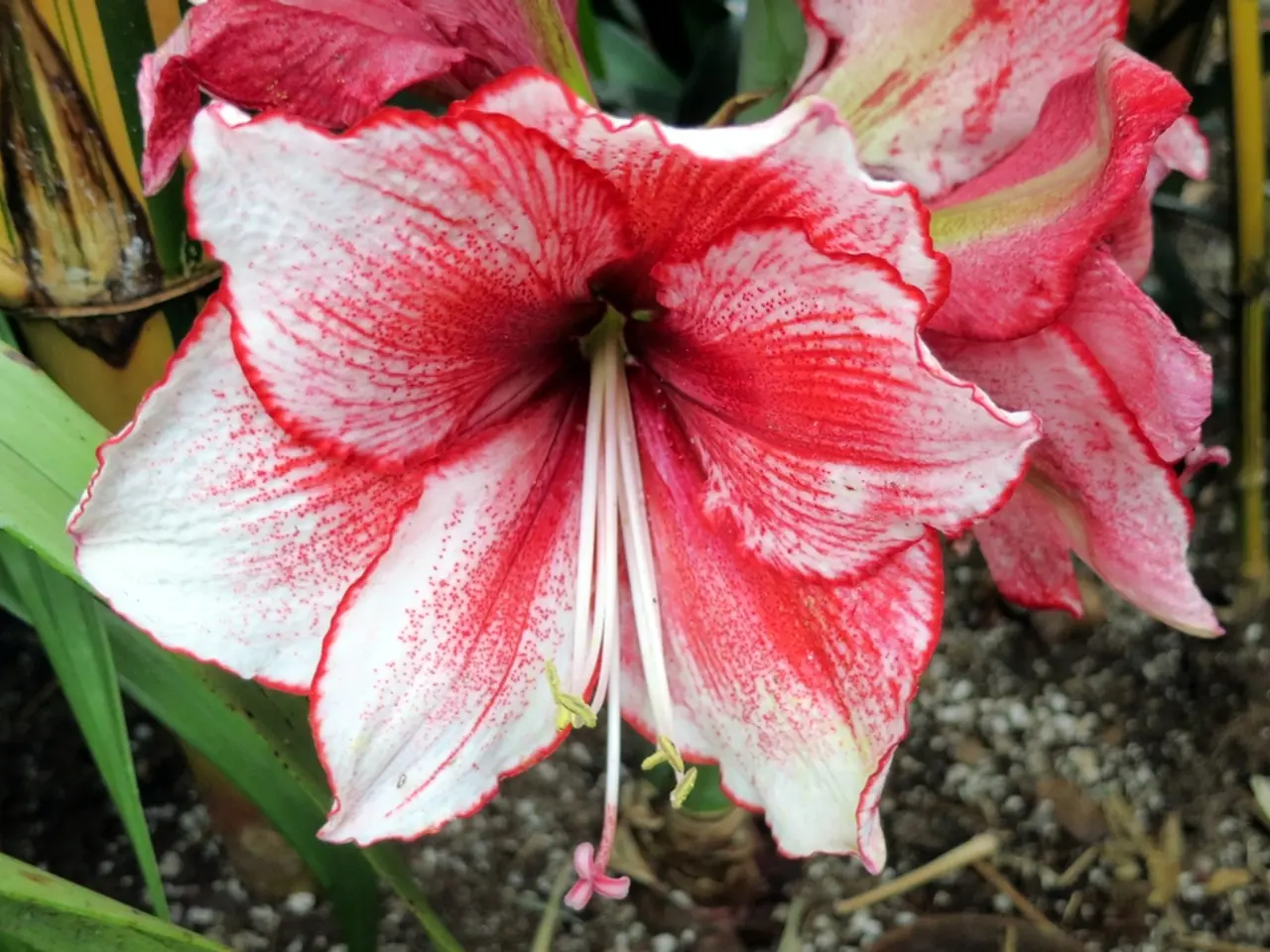Impact of Non-Alkaline Soils on Plant Development and Well-being
In the realm of gardening, the pH level of the soil plays a crucial role in nurturing healthy and vibrant plant growth. Non-alkaline soil, with a pH below 7, presents several benefits over alkaline soil (pH above 7) for the growth of various plants.
One of the key advantages of non-alkaline soil is **nutrient availability**. Essential nutrients like iron, zinc, and manganese are more readily accessible in non-alkaline soils, which are vital for healthy plant development. In contrast, alkaline soils may lead to nutrient deficiencies, particularly for plants that prefer acidic conditions such as blueberries, azaleas, and rhododendrons[1].
Another advantage is **soil moisture retention**. Acidic soils tend to retain moisture better than alkaline soils, which can suffer from reduced water retention. This property is beneficial for plants that require consistent moisture levels.
In terms of **disease and pest resistance**, plants grown in slightly acidic to neutral soils may have enhanced resistance to certain diseases and pests. A balanced pH can support a diverse microbial community, contributing to overall plant health[4]. High pH levels in alkaline soils can lead to nutrient imbalances, potentially weakening plant defenses against pathogens and pests.
When it comes to **plant diversity and suitability**, a wider range of plants can thrive in slightly acidic to neutral soils, including most vegetables and a variety of ornamental plants. This pH range supports robust plant growth and is suitable for a broader spectrum of plant species[1]. While some plants like lavender and clematis prefer alkaline conditions, many common garden plants and vegetables may not perform as well in these soils.
Lastly, **soil structure and erosion prevention** are significant benefits of non-alkaline soil. The presence of organic matter and a balanced pH can improve soil structure, reducing erosion and increasing soil stability[4]. Alkaline conditions can sometimes lead to soil dispersion and erosion due to poor soil structure if not properly managed[5].
In summary, non-alkaline soils generally provide a more favorable environment for a wide range of plant species by offering better nutrient availability, improved moisture retention, and enhanced disease resistance. However, specific plants like those that prefer alkaline conditions will still thrive in higher pH soils. By testing the soil and adjusting the pH as needed, gardeners can ensure that their plants have access to the necessary nutrients for healthy growth. To adjust the pH level of non-alkaline soil, gardeners can use a variety of techniques, including incorporating base or alkaline materials like lime-based products or wood ash.
In the realm of health-and-wellness, growing plants in non-alkaline soil can offer benefits similar to maintaining a balanced diet, as essential nutrients like iron, zinc, and manganese are more accessible in these soils for healthy plant development, just like how essential nutrients in human food support our overall health. Furthermore, the enhanced resistance to certain diseases and pests in plants grown in slightly acidic to neutral soils can mirror the strengthened immune system in individuals consuming a balanced diet and maintaining good hygiene. Proper nutrition and regular exercise, or in this context, providing the right soil conditions, are key factors in achieving health and well-being for both plants and humans.




